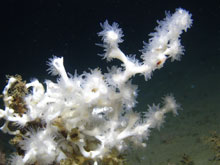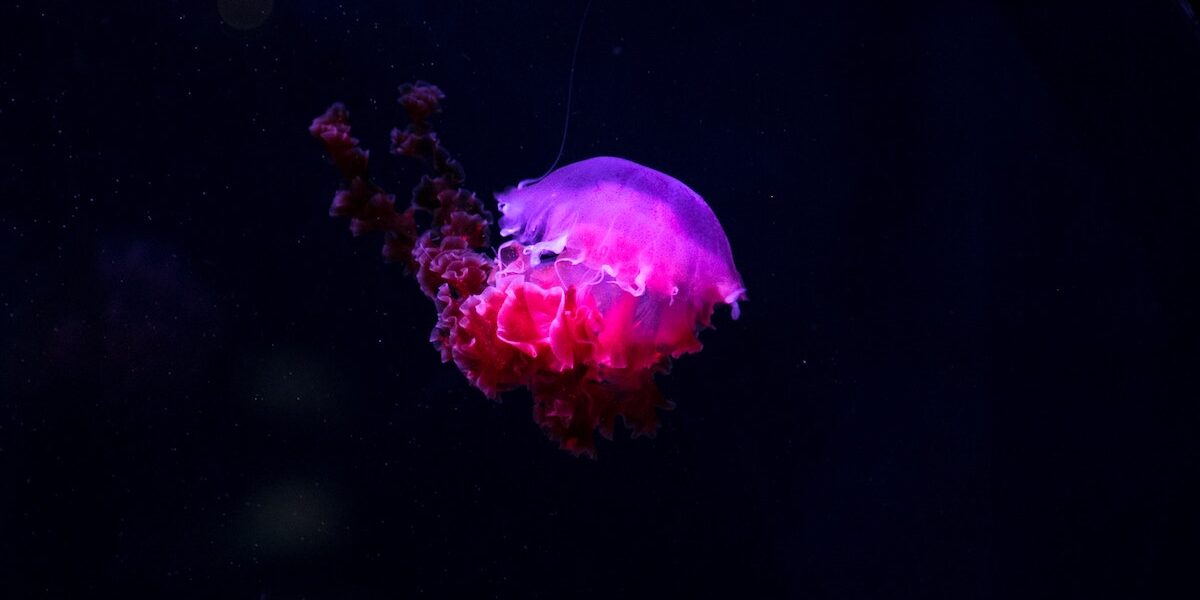By Wendy Williams
Coverage of the 5th International Deep Sea Coral Symposium, Amsterdam

AMSTERDAM, NL (April 4, 2012) – Long-term monitoring of the environmental impact of deep-water oil rigs in the Gulf of Mexico needs to be greatly improved, Gregory S. Boland, a biological oceanographer with the U.S. Bureau of Ocean Energy Management, told a gathering of several hundred cold-water coral scientists at a week-long meeting today.
“I envision a long-term probably permanent cycle of monitoring,” the federal official said in a the morning’s keynote speech.
Such monitoring has not always been done in the past, he said, “especially in deep water because of finances and time,” adding that the federal agency hopes to improve on that record.
Because of that lack of monitoring, “there’s not a lot of knowledge regarding the details of the impacts” of rigs on deepwater ecosystems. The basic environmental assessments, including listing of species present in the area, was not done.
Consequently, he said, “there’s a lot of debate on how much of that oil [the oil released by the nearly two-year-old Deepwater Horizon disaster] affected deepwater communities.”
Boland’s talk was followed by a presentation from Erik E.Cordes, a deep-sea research ecologist with Pennsylvania’s Temple University.
Cordes and a team of other researchers had begun to gather a limited amount of deep-sea data in the Gulf before the oil rig explosion. He and other team members had located a cold-water coral site about 20 miles north of the drilling rig, and following the disaster, they returned to that area. Visually, he said, there was no immediate evidence that Deepwater oil had impacted those corals.
But following the explosion the team found another coldwater coral site about 6 miles southwest of the drilling rig. Cordes said that an area of coldwater coral, about half the size of a football field, appeared to have been severely affected.
In his talk, Cordes showed a number of slides of cold-water corals that had been covered with “a mysterious black substance.” Later analysis of the “substance” showed that it was the same oil, with its unique fingerprint, as the oil that was emitted from the Deepwater site.
“The damage appears to be ongoing,” he told the audience. “It turns out that if you shoot a lot of very hot oil out of a hose at the bottom of the ocean, a lot of weird things happen.”
Later, I asked him to clarify his statement.
“Most of that coral showed some evidence of damage,” he told me. “We really don’t have any idea at all what the recovery rate will be. Everything in the deep sea happens slowly. My fear is that these corals will continue to decline, and if we waited for recolonization and growth, it could take decades or centuries.”
When environmentally stressed by the oil, the corals seemed to have released a defensive mucus. However, that mucus may well have had the opposite effect of helping press the oil into the coral tissues.
Cordes said that the team is looking at other sites that may also have been damaged, but that they are not yet ready to discuss that work publicly.
Scientists are also trying to create a better overall data-base of species in the areas surrounding the Gulf’s drilling rigs.
Following the Deepwater disaster, the energy companies have been reluctant to allow scientists to census the corals that may be attached to the rigs themselves.
However, Boland has recently sent a letter demanding that the energy companies provide access to the scientists.
Image: One of the Gulf of Mexico’s deepwater coral species, Lophelia pertusa from the Mississippi Canyon 751 site at approximately 450 m depth. (Source: Lophelia II 2009: Deepwater Coral Expedition: Reefs, Rigs, and Wrecks; NOAA Ocean Explorer http://oceanexplorer.noaa.gov/explorations/09lophelia/welcome.html)







